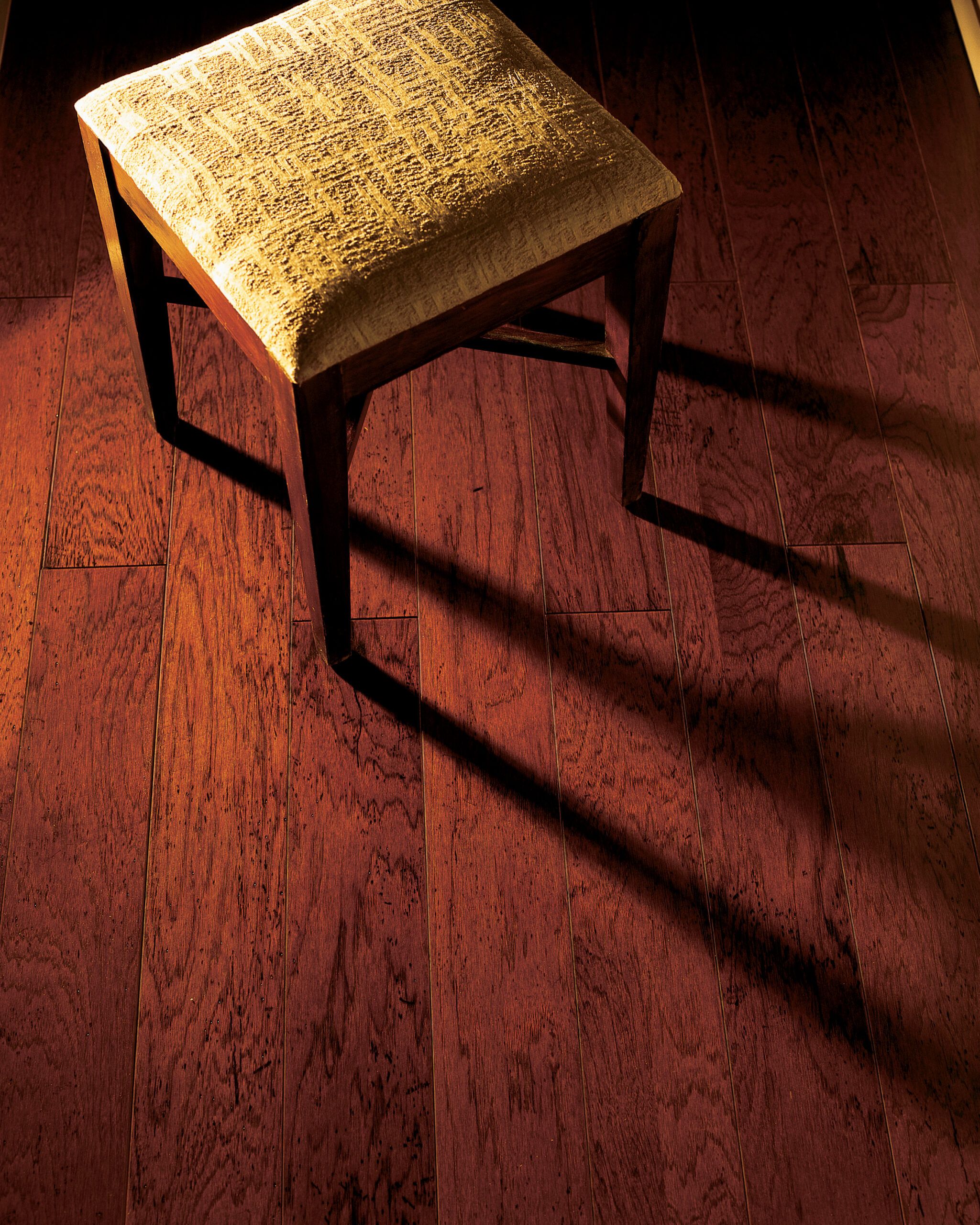Upgrading your flooring is a great way to refresh your home and boost its value. While it might not be the first thing that comes to mind for a quick home improvement project, flooring can dramatically transform a space. Here are 13 DIY flooring projects you can tackle yourself, from installing eco-friendly cork to painting your floor a bright shade to epoxy-coating your garage.
Snap Together a Floating Hardwood Floor

Nothing beats the warmth and coziness of wood flooring. For a quick wood floor installation, consider a floating floor. Unlike traditional hardwood, floating floors don’t require nailing down. Instead, the planks are either glued or snapped together, making installation faster and easier. These versatile floors can be installed over various surfaces, including concrete, plywood, sheet vinyl, and ceramic tile.
Floating floors are made of a wood veneer glued to layers of pine or plywood, which gives you the look of solid wood with enhanced stability. While the thin veneer limits sanding options compared to solid wood, the factory-applied coating is typically more durable than on-site finishes. Plus, you can walk on your new floor just one day after installation.
This option gives you the elegance of wood floors without the intensive labor of traditional installations. The floating design means minimal damage to the underlying floor, making it an excellent choice for renovations.
See How To Lay a Floating Floor for step-by-step instructions, tools needed, and more.
Lay Engineered Wood Floors
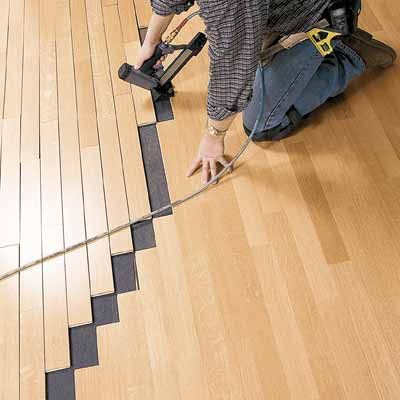
Jeff Hosking, a flooring consultant for This Old House, has seen a significant shift in flooring trends over his 35-year career. While solid wood strips were once the norm, engineered flooring now accounts for half of his installations. Engineered flooring is made from thin sheets of wood glued together like plywood. It’s designed to be quicker and easier to install than traditional hardwood.
While solid wood flooring is a classic choice that can last a century, engineered flooring can give you a faster route to a new floor. It also comes with a durable factory-applied finish that Hosking says outperforms anything he can apply on-site. This makes engineered wood an excellent option for homeowners looking for a balance of quality and convenience.
This type of flooring is ideal for areas prone to moisture, such as basements and kitchens, because its layered construction resists warping.
See How To Lay Engineered Wood Floors for step-by-step instructions, tools needed, and more.
Lay a Vinyl Tile Floor
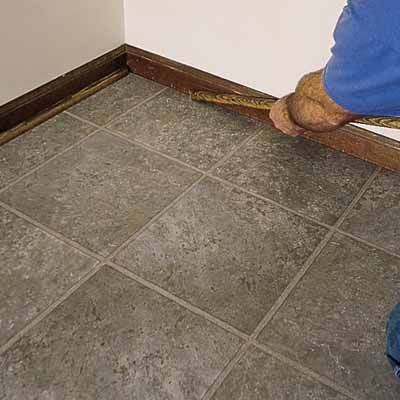
Vinyl tile, a precursor to sheet flooring and plastic-laminate planks, remains a popular flooring choice today. Originally developed as an alternative to linoleum, vinyl tile gained popularity due to its colorful options, easy maintenance, and crack resistance. It’s commonly installed in bathrooms, foyers, laundry rooms, and mudrooms. 12×12-inch vinyl tiles come in a wide array of colors, patterns, and textures.
This versatility makes it easy to create unique designs, such as checkerboard patterns or floors with contrasting borders. One of the biggest advantages of vinyl tile is the speed of installation—in just 6 to 8 hours, you can completely transform a room.
Vinyl tiles are durable, comfortable underfoot, and quieter than other hard surfaces. Their resilience makes them a practical choice for high-traffic areas and households with children or pets.
See How To Lay a Vinyl Tile Floor for step-by-step instructions, tools needed, and more.
Tile a Floor
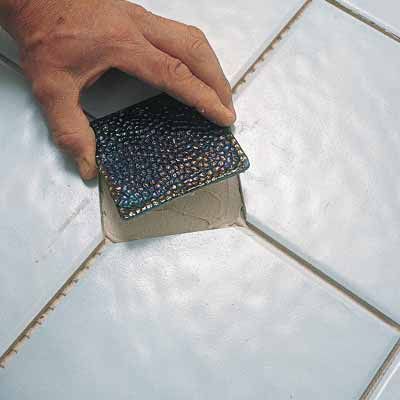
Tile floors offer beauty, durability, and low maintenance. They provide a level of customization that other flooring options can’t match, allowing you to play with patterns and designs to suit your personal taste. However, these thin, fragile ceramic slices require special care and preparation to withstand heavy foot traffic and sudden spills in high-moisture areas like bathrooms and kitchens.
When installing tile, prepare the subfloor and use the right adhesives and grouts. With careful planning and execution, you can complete a basic tile installation in less than a day, creating a stunning and long-lasting floor for any room in your home.
Tile floors are easy to clean and don’t hold dust, making them ideal for households with allergy sufferers. Their durability means they can withstand heavy appliances and furniture without damage.
See How To Tile a Floor for step-by-step instructions, tools needed, and more.
Install Carpeting
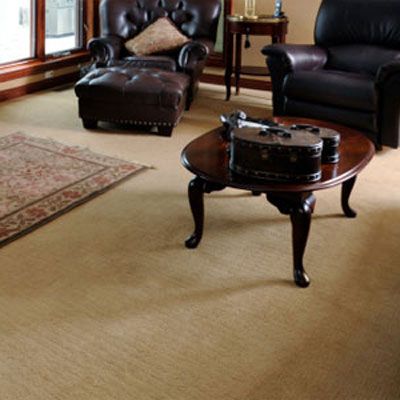
Carpeting offers unparalleled comfort. While bare wood has its aesthetic appeal, carpeting offers both visual appeal and physical comfort. It can bring design elements to a sparse room, add warmth to a chilly space, and provide sound insulation in an echoing area.
While the prospect of installing carpet might seem daunting, the process is manageable for most DIY enthusiasts. Whether you rent specialized tools or hire a professional, installing carpet can dramatically transform a room by making it cozier and more inviting.
Carpeted floors are ideal for bedrooms, living rooms, and spaces where comfort is a priority. They help reduce noise and provide a soft, safer option for homes with small children.
See How To Install Carpeting for step-by-step instructions, tools needed, and more.
Install a Linoleum Tile Floor
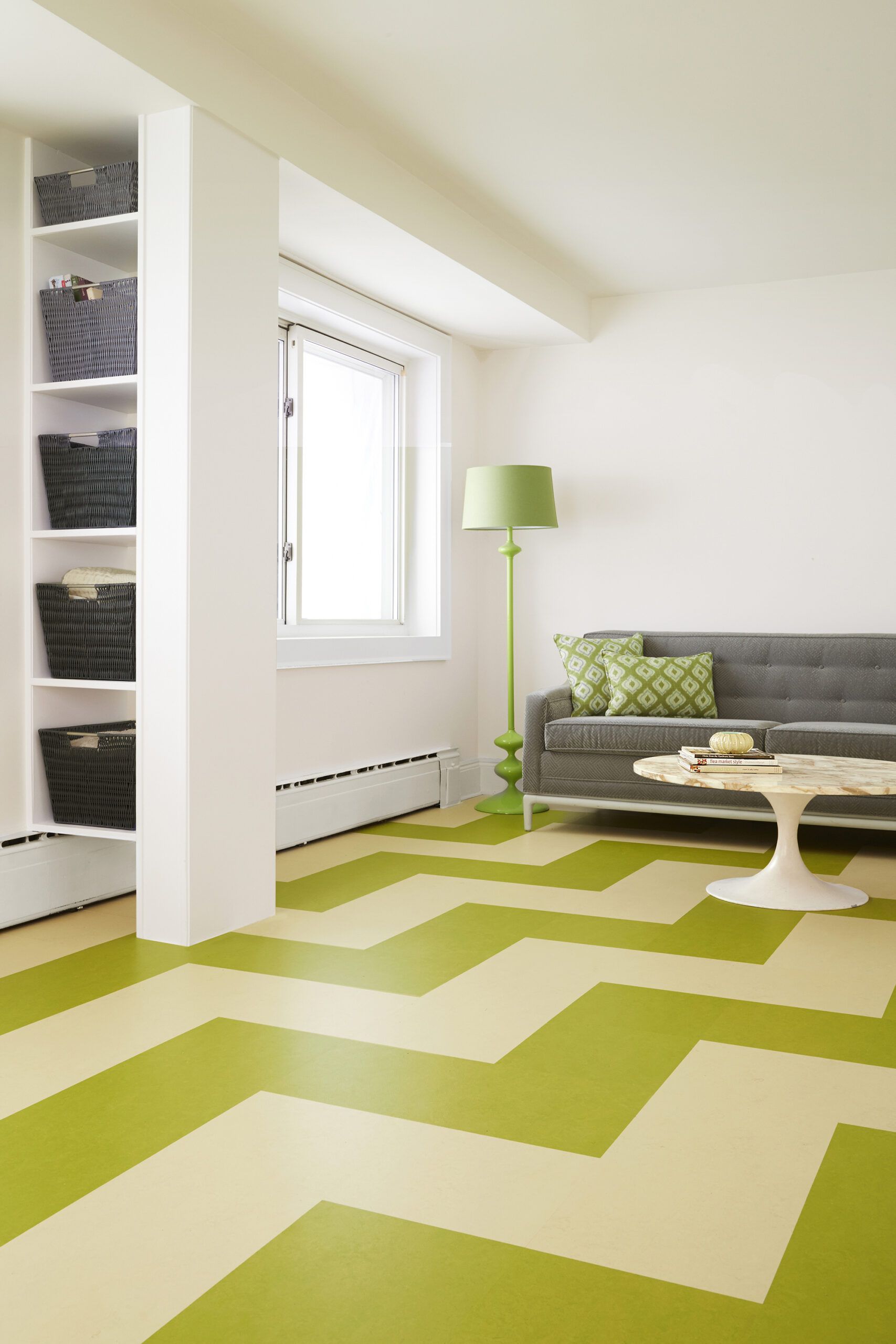
Linoleum has come a long way since your grandmother’s kitchen floor. Modern linoleum tiles are a stylish alternative to ceramic, wood, or vinyl in almost any room. These tiles are colorful, comfortable underfoot, and warm to the touch. They’re hypoallergenic due to their composition of linseed oil, sawdust, and cork.
One of the biggest advantages of linoleum tiles is how easy they are to install. Most modern linoleum tiles click together to form a floating floor, eliminating the need for adhesives. This makes installation quick and easy for DIY enthusiasts. With a wide range of colors and patterns available, linoleum tiles can create an eye-catching floor that’s both durable and eco-friendly.
See How To Install a Linoleum Tile Floor for step-by-step instructions, tools needed, and a video walkthrough with This Old House senior technical editor Mark Powers.
Epoxy-Coat a Garage Floor
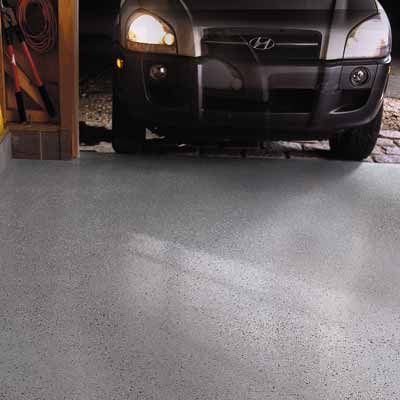
After organizing your garage, upgrading the floor is the next step you can take for a better garage space. An epoxy coating can transform your oily, dirty concrete slab into a showroom-worthy surface. Epoxy floors are oil- and water-resistant and easy to clean. They can even hide imperfections in the concrete.
Adding color chips to the epoxy can create a professional, speckled look, while anti-skid additives improve traction on snowy days. You can complete this project in a weekend, sweeping away the dirt and applying the epoxy coating for a dramatic garage transformation.
Epoxy flooring provides robust protection against vehicle fluids, making it practical for garages and workshops. Its seamless surface resists stains and makes cleaning spills a breeze.
See How To Epoxy-Coat a Garage Floor for step-by-step instructions, tools needed, and a video walkthrough with This Old House host Kevin O’Connor and epoxy-coating expert Doug Fasching.
Pop in a Cork Floor
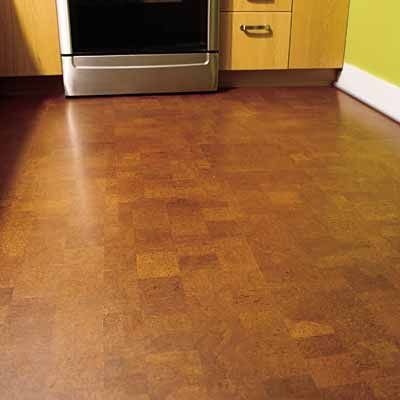
If you’re tired of cold floors shocking your feet in the morning, consider installing a cork floor. Cork flooring provides a little warmth and cushion as you walk, making any room feel more cozy. It’s more durable and stylish than you might expect, with a natural, earthy appearance.
Modern cork flooring comes in engineered panels that snap together without glue or nails, making installation much easier than traditional wood flooring. These floating-floor systems can be installed over plywood, concrete, or existing flooring. In just one afternoon, you can transform a kitchen or playroom floor into a comfortable, warm surface.
Cork floors are also insulating, contributing to improved energy efficiency in your home. Their natural resilience makes them a comfortable choice for standing for long periods, such as in kitchens.
See How To Lay a Cork Floor for step-by-step instructions, tools needed, and more.
Add a Floor Medallion
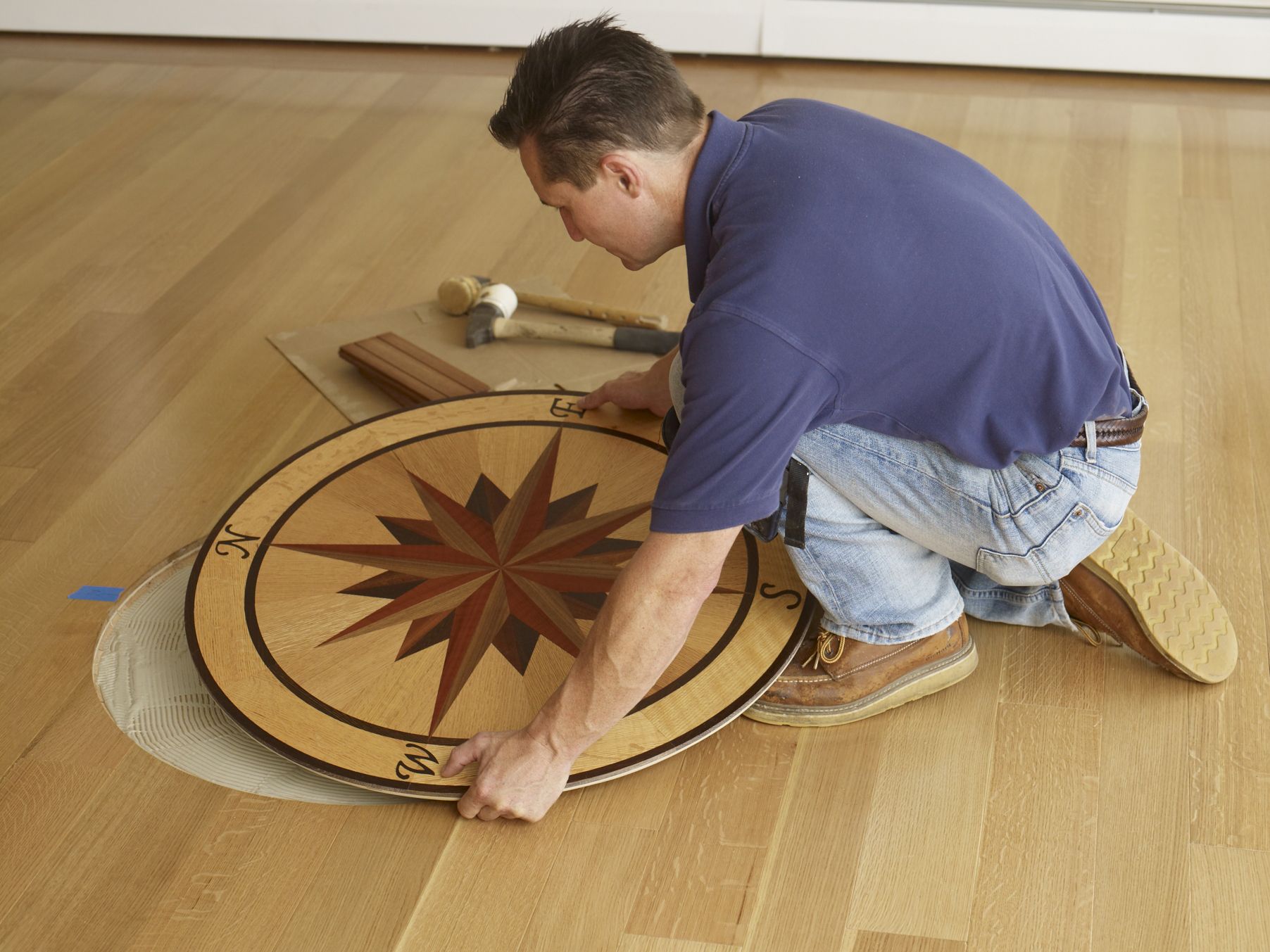
Floor medallions offer a unique way to add elegance and personalization to your hardwood floors. These decorative elements are made to order using colorful pieces of precisely cut hardwoods mounted to a plywood backing. These medallions can be customized to match the décor and style of your home. The best quality medallions use wood pieces at least 5/16 inch thick, allowing for multiple sandings over the life of the floor.
Installing a floor medallion requires cutting into your existing floor with a router and then setting the medallion in an adhesive spread on the subfloor. While the process requires precision, it typically only takes a few hours with the help of the router template supplied by the manufacturer. The result is a stunning focal point that elevates the entire room.
See How To Install a Floor Medallion for step-by-step instructions, tools needed, and more.
Paint a Checkerboard Floor

Painting a floor is an excellent way to update a room on a budget when refinishing isn’t an option. A checkerboard pattern, for instance, can add visual interest and personality to a space. This technique can warm up cool-toned walls or brighten a dark room.
With some careful measuring and a couple of coats of durable floor paint, you can create a custom look that dramatically changes the feel of a room. This project is relatively inexpensive and can be completed in a weekend, making it an attractive option for DIY enthusiasts looking for a quick room refresh.
Painted floors can also be touched up or changed, offering flexibility for future redecorating projects. The design possibilities are endless, allowing for personalized touches that make a space uniquely yours.
See How To Paint a Floor for step-by-step instructions, tools needed, and a video walkthrough with This Old House senior technical editor Mark Powers.
Install a Herringbone Floor
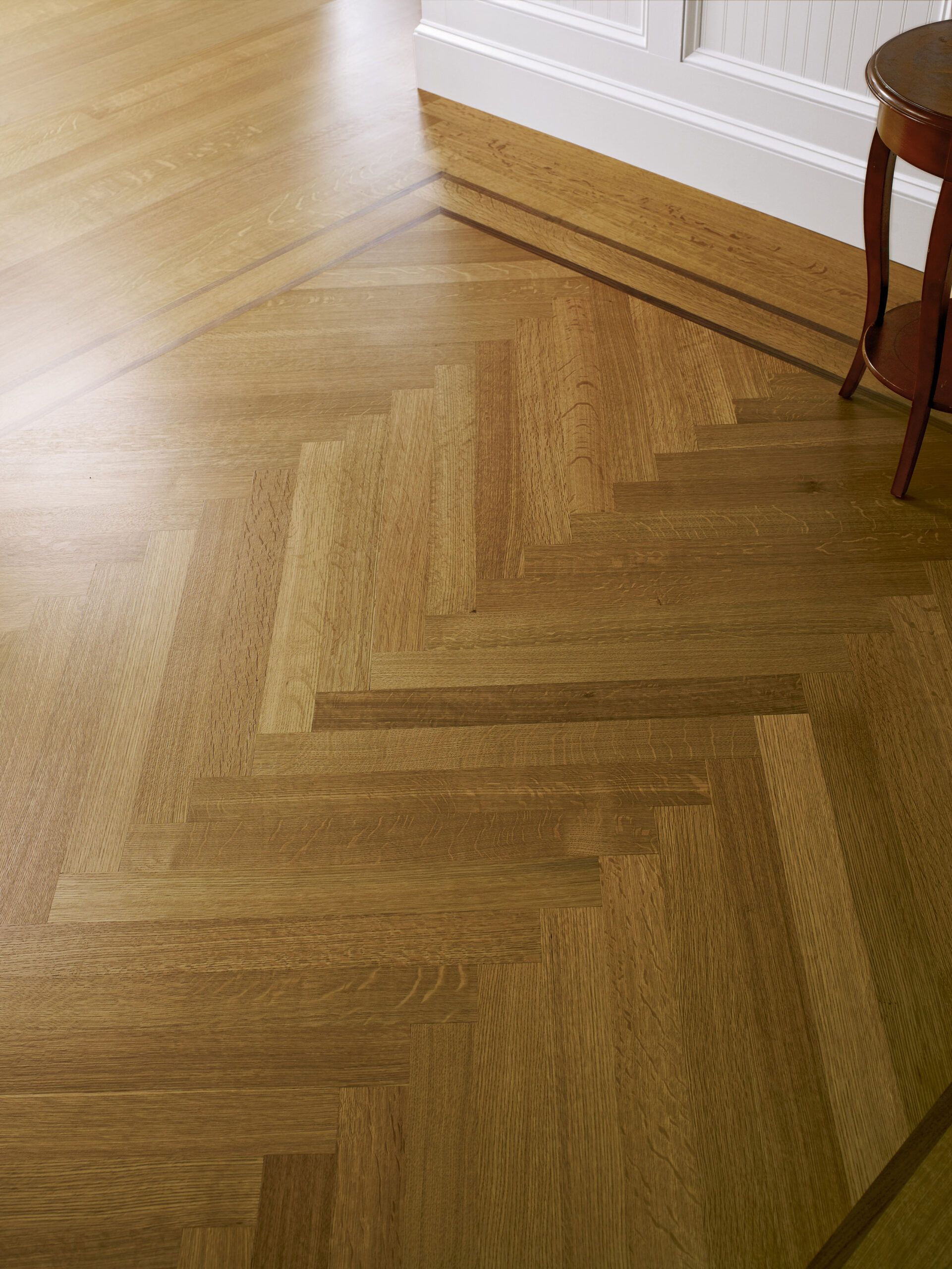
A herringbone pattern can add a classic, sophisticated touch to any wood floor. This zigzag design creates a built-in focal point that elevates the entire room. Its intricate layout can enhance the visual appeal of any room. However, installing a herringbone pattern can be challenging, even for experienced DIYers.
“This is the pattern that even the pros mess up,” says Charles Peterson, author of Wood Flooring: A Complete Guide to Layout, Installation & Finishing. However, with careful planning and precise execution, you can create a stunning herringbone floor that will be a conversation piece for years to come.
See How To Install a Herringbone Floor for step-by-step instructions, tools needed, and a video walkthrough with Peterson.
Lay a Stone Tile Floor
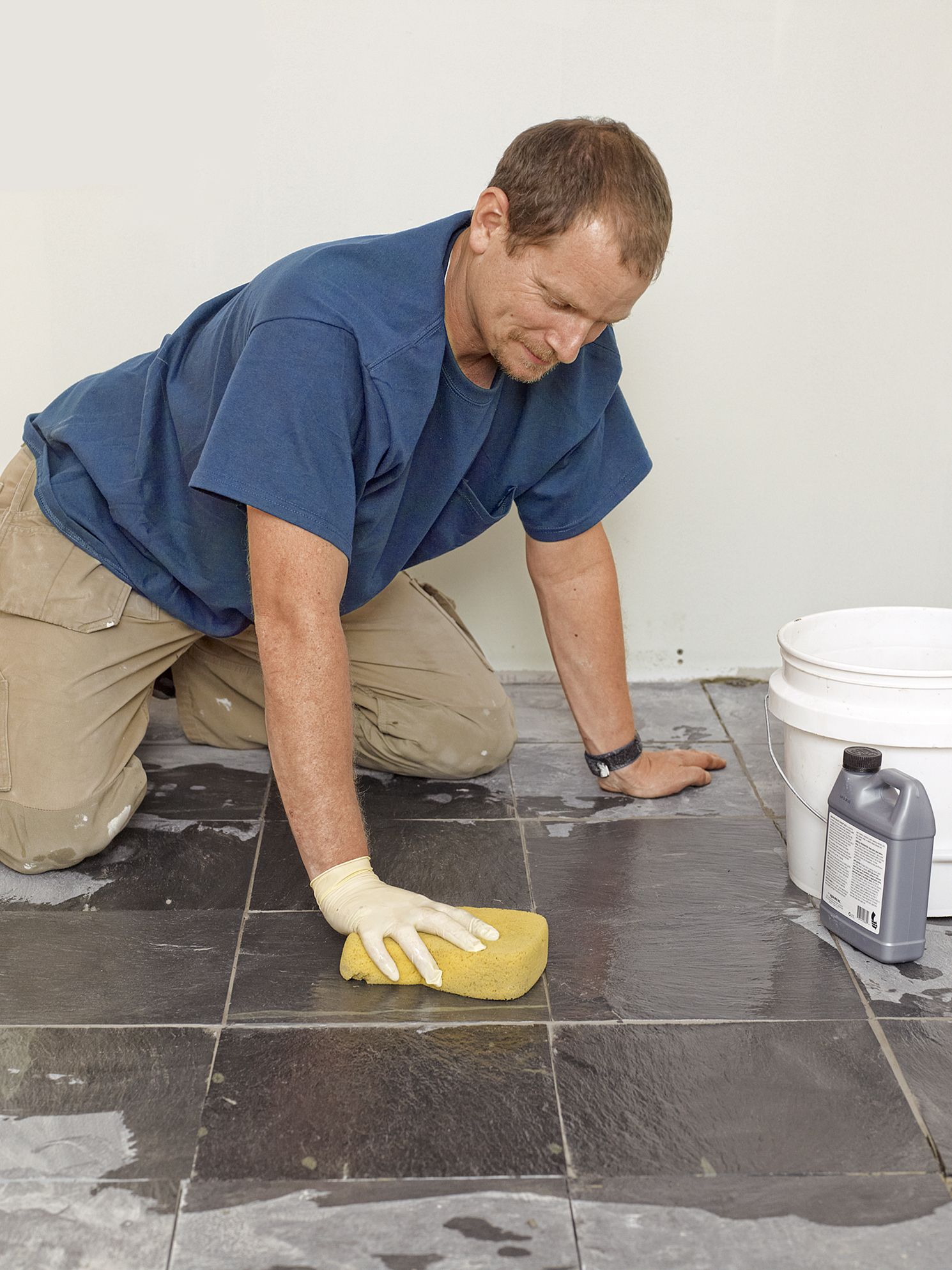
Installing a stone tile floor requires extra steps to ensure durability, especially when laying it directly over a subfloor. To prevent tiles from cracking or loosening, you’ll need to stiffen the subfloor and install an uncoupling membrane. This membrane isolates the rigid stone or ceramic from the subfloor’s flexing joints and seasonal movements.
Once the membrane is in place, the tiling process proceeds as usual. Use unmodified thinset, as latex-modified varieties won’t harden properly when sandwiched between the tile and the membrane.
Stone tile floors are not only durable but also resistant to water, making them ideal for bathrooms and kitchens. Their natural appearance adds a touch of luxury and elegance to any space.
See How To Lay a Stone-Tile Floor for step-by-step instructions, tools needed, and more.
Cascade a Stair Runner
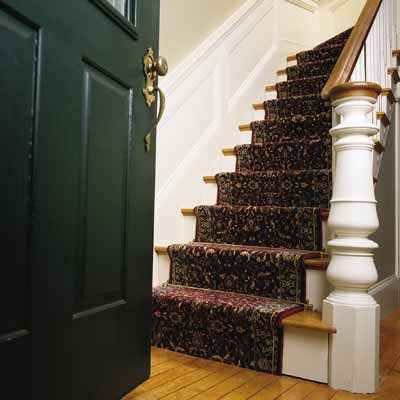
Adding a carpeted runner to your home’s interior staircase can introduce elegance, texture, and color to this often-overlooked area. A stair runner is a narrow strip of carpeting set on a pad, which is then attached to tackless strips nailed to each tread. This project can be relatively straightforward for a straight staircase, making it accessible even for novice DIYers.
Winding stairs that turn corners present more of a challenge but are still achievable with careful planning and execution. A well-installed stair runner also provides practical benefits such as noise reduction and better traction. Their non-slip surface reduces the risk of falls. They can easily be replaced or updated, offering a cost-effective way to change your home’s look.
See How To Install a Stair Runner for step-by-step instructions, tools needed, and a video walkthrough.
